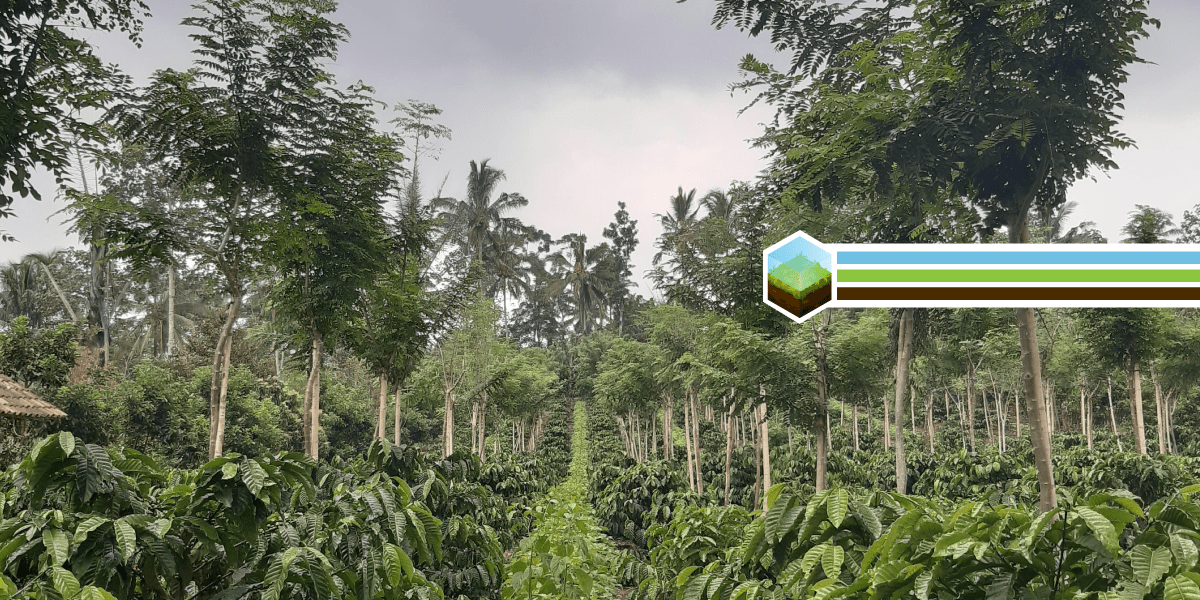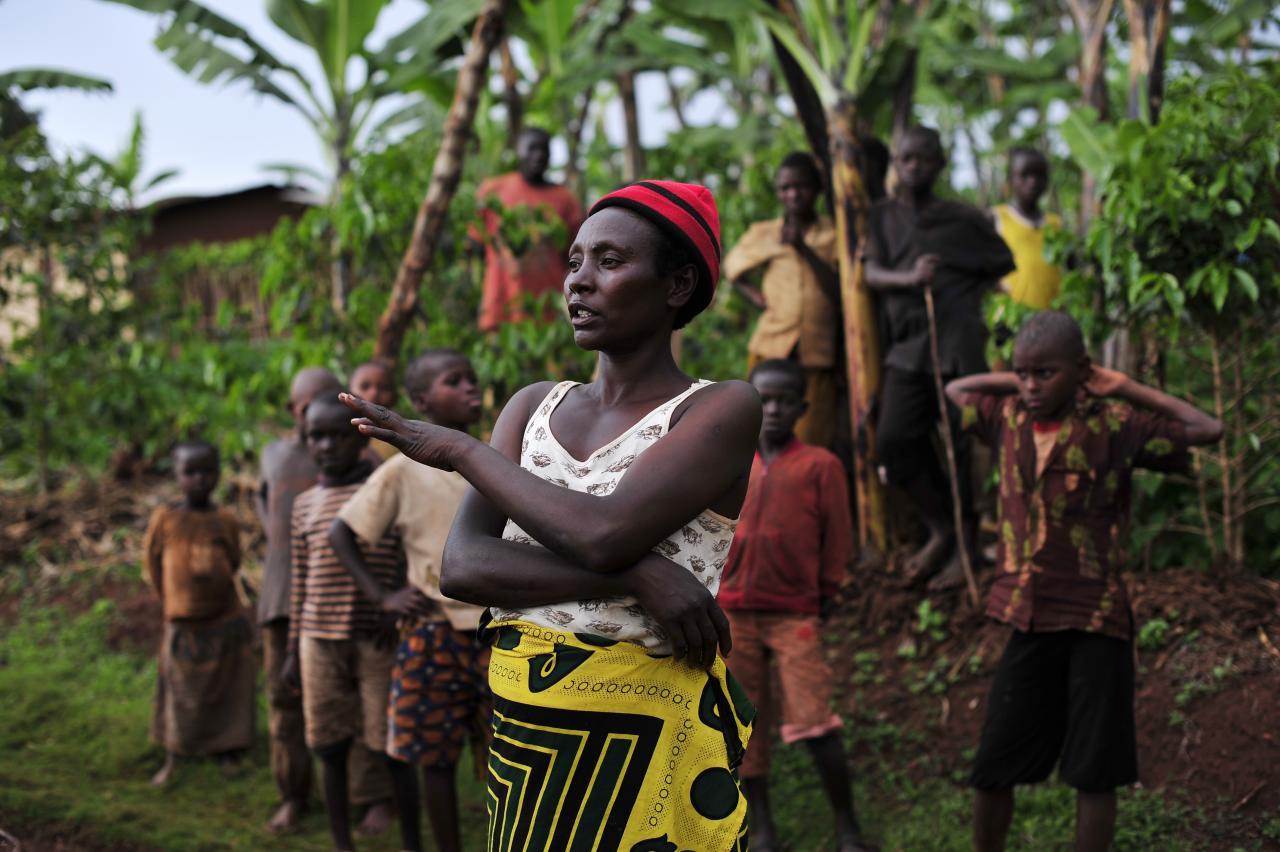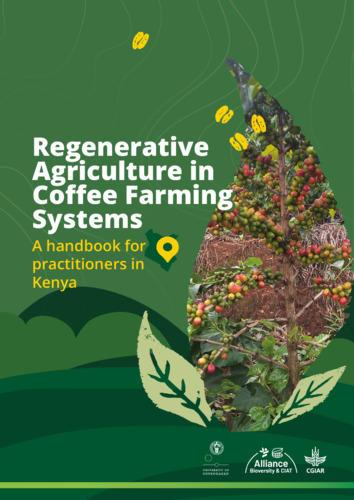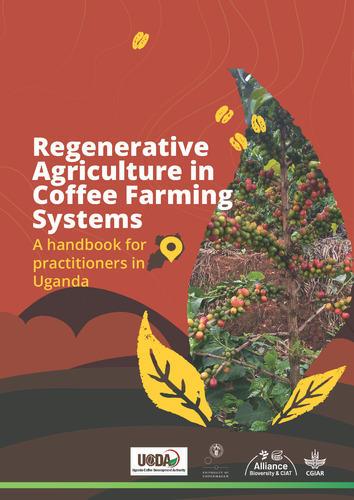Press and News A guide to better tomorrow’s brew through regenerative coffee farming

What’s behind a cup of coffee that beats climate change? Regenerative agricultural practices can help farmers and their partners along the supply chain mitigate greenhouse gas emissions and cultivate more resilient coffee farms. Researchers and coffee industry experts share resources to inform the adoption of these practices.
Climate change means we must change how we grow coffee
For centuries, coffee has grown nestled amongst other trees – in the understory of biodiverse tropical forests in Asia, Africa, and Latin America. These agroforestry systems support biodiversity and ecosystem services that store carbon, regulate pests and diseases, maintain soil health and cycle water and nutrients. But with ever-increasing demand for coffee, global production has prioritized high yields (Productivity is higher – up to 3 MT GC in Vietnam and up to 4 MT GC in Brazil). This has come at a cost: intensive farming has relied on external inputs (fertilizers, pesticides) and loss of shade trees with soil erosion, biodiversity loss and high emissions as side effects. In less intensive production areas, smallholder coffee farmers are unable to keep up with high production costs and fluctuating market prices; an estimated 44% of smallholder coffee farmers live at or below the poverty line, according to the Enveritas Coffee Smallholder Sustainability Report 2022.

Coffee agroforestry, India. Credit: Nestlé

Coffee inter-cropped with tomatoes in Colombia. Credit: Alliance of Bioversity International and CIAT
With climate change, challenges to coffee production are becoming starker: without adequate adaptation measures,Vietnam and Brazil can anticipate a 40-70% reduction of land suitable for coffee growth, according to a study published in the journal Nature Climate Change.
While other regions may become more conducive to growing coffee, much of this land is currently forest. And because coffee is a long-life crop, coffee farmers are faced with important decisions: what they plant, where they plant, and how they cultivate the land will determine productivity and profitability for the next decade, or longer.

The holistic model of regenerative agriculture as applied to coffee production as described in the Guidebook. Modified from the Nestlé Agriculture Framework.
Regenerative agriculture benefits land, farmers, and the coffee sector
Regenerative practices entail enhancing and regenerating soil health, biodiversity, and water resources. Regenerative agriculture aims to protect and restore soil fertility, halt erosion and minimize nutrient losses, optimizing nutrient management, maintaining and improving the land’s productive capacity as well as enhancing and sustaining ecosystem services. For coffee, this means this includes diversifying cropping systems, as well as collective and landscape actions.
This could improve farmers’ resilience in both the short- and long-term. Diversification can generate more immediately stable profits for farmers, while contributing to the regeneration of natural processes and ecosystem services that secure coffee production for future generations.
Previous Alliance of Bioversity and CIAT collaborations with the coffee sector have looked beyond symptoms to understand the root causes of unsustainable business practices; for example, applying an environmental and social risk assessment tool to inform investment that considers competing land use, climate change, and forced labor. This combination of monitoring impact and investments can be leveraged further to support smallholder farmers’ transition to regenerative farming, and ultimately lead to a more productive, diverse and thus prosperous coffee sector.
Compiling best practices: the guidebook
We are proud to share “Regenerative agriculture for low-carbon and resilient coffee farms”, a practical guidebook compiling best practices and innovations, developed by researchers from the Alliance and CGIAR Excellence in Agronomy Initiative, with the financial and technical support of Nestle ́.
The guidebook focuses on 11 broadly defined regenerative practices relevant to coffee production systems globally, while emphasizing the need for adaptation of practices to different agroecological regions and farm types. This aims to be a cornerstone resource for agronomists and others working with technicians and farmers across the coffee value chain.

Mirjam Pulleman
Senior Soil Scientist“The next step is to present inspiring and insightful examples of how coffee producers in different parts of the world are adapting the principles of regenerative farming to their context to transform and future-proof their farms. Creating real impact on the ground requires connecting lessons from real experiences with incentives to support farmers in their journey,” notes Mirjam Pulleman, senior soil ecologist and one of the lead authors.

Coffee and banana farmer in Rwanda. Credit: Alliance of Bioversity International and CIAT/N. Palmer
Two handbooks for Kenya and Uganda have been developed by the Alliance of Bioversity International - CIAT and partners, alongside the global guidebook, to offer custom approaches that match each major coffee-producing country’s context.




